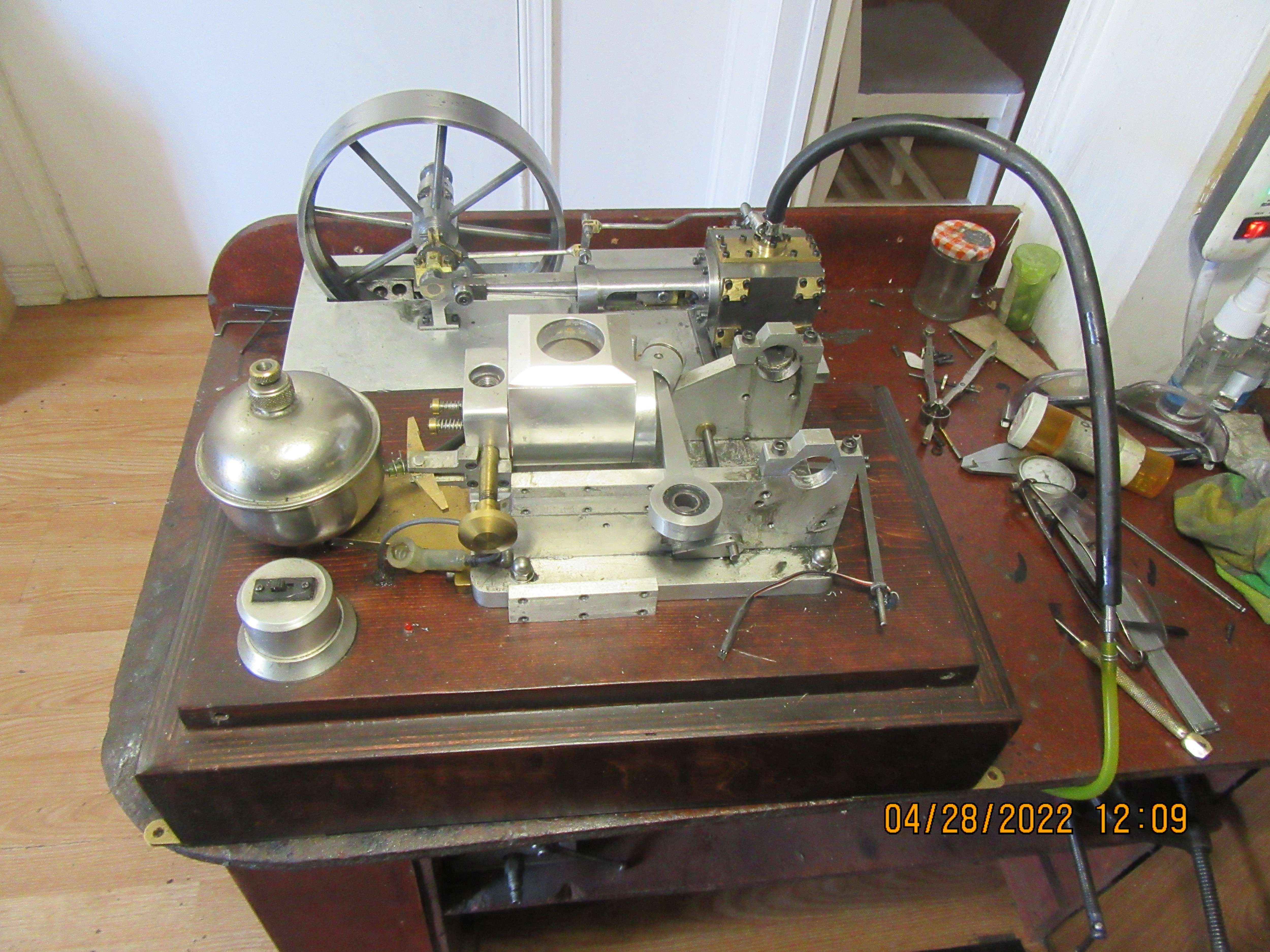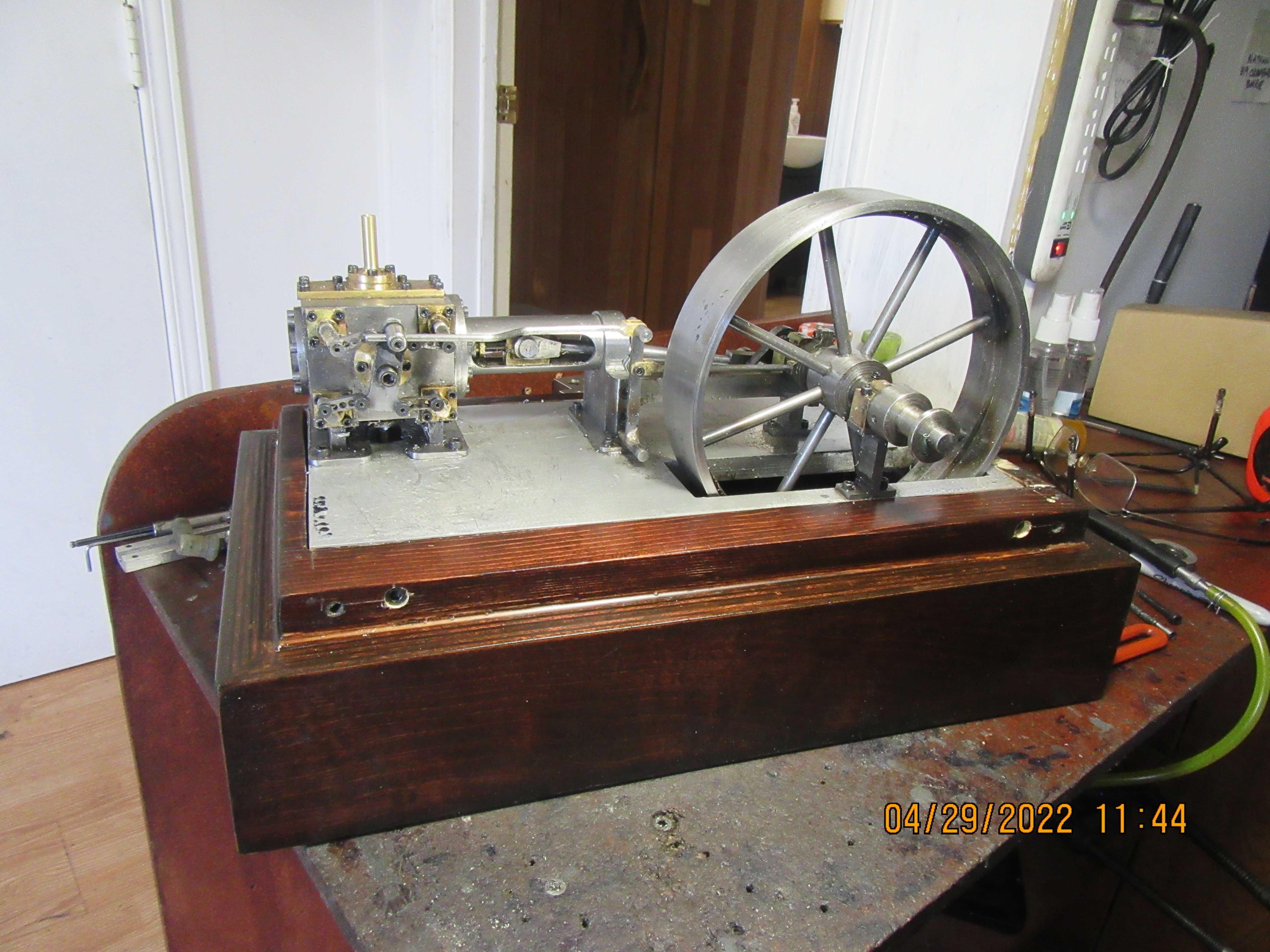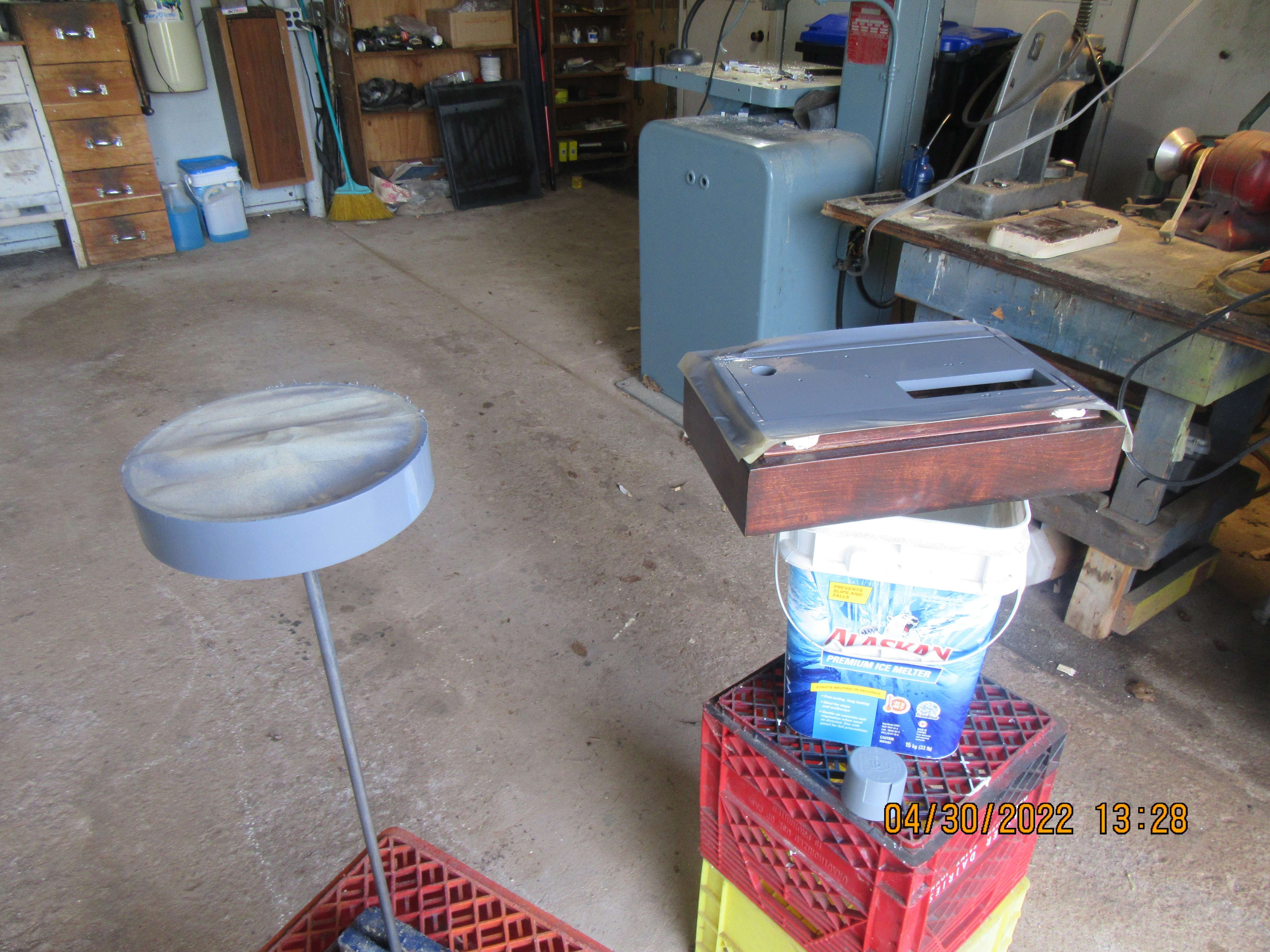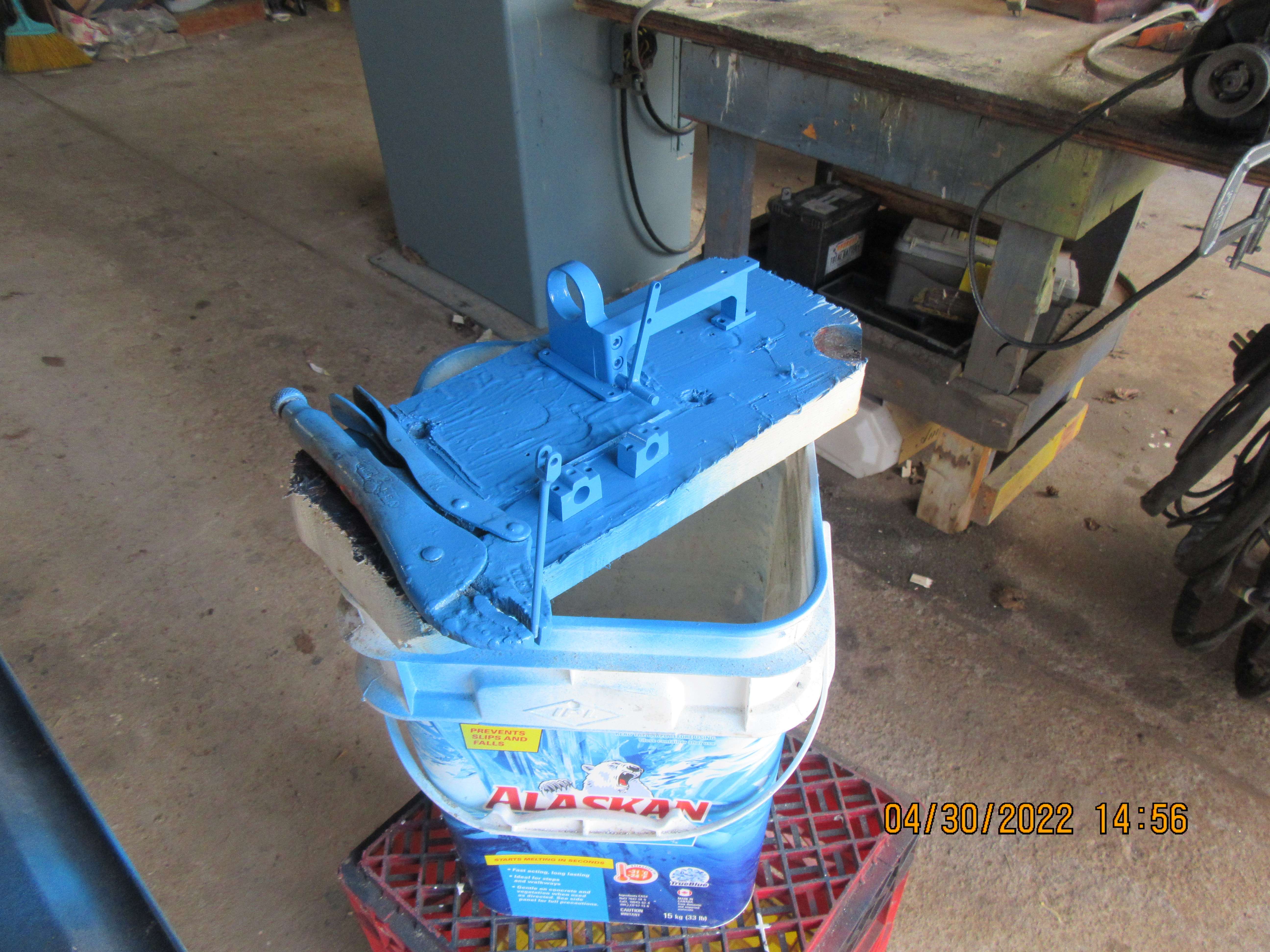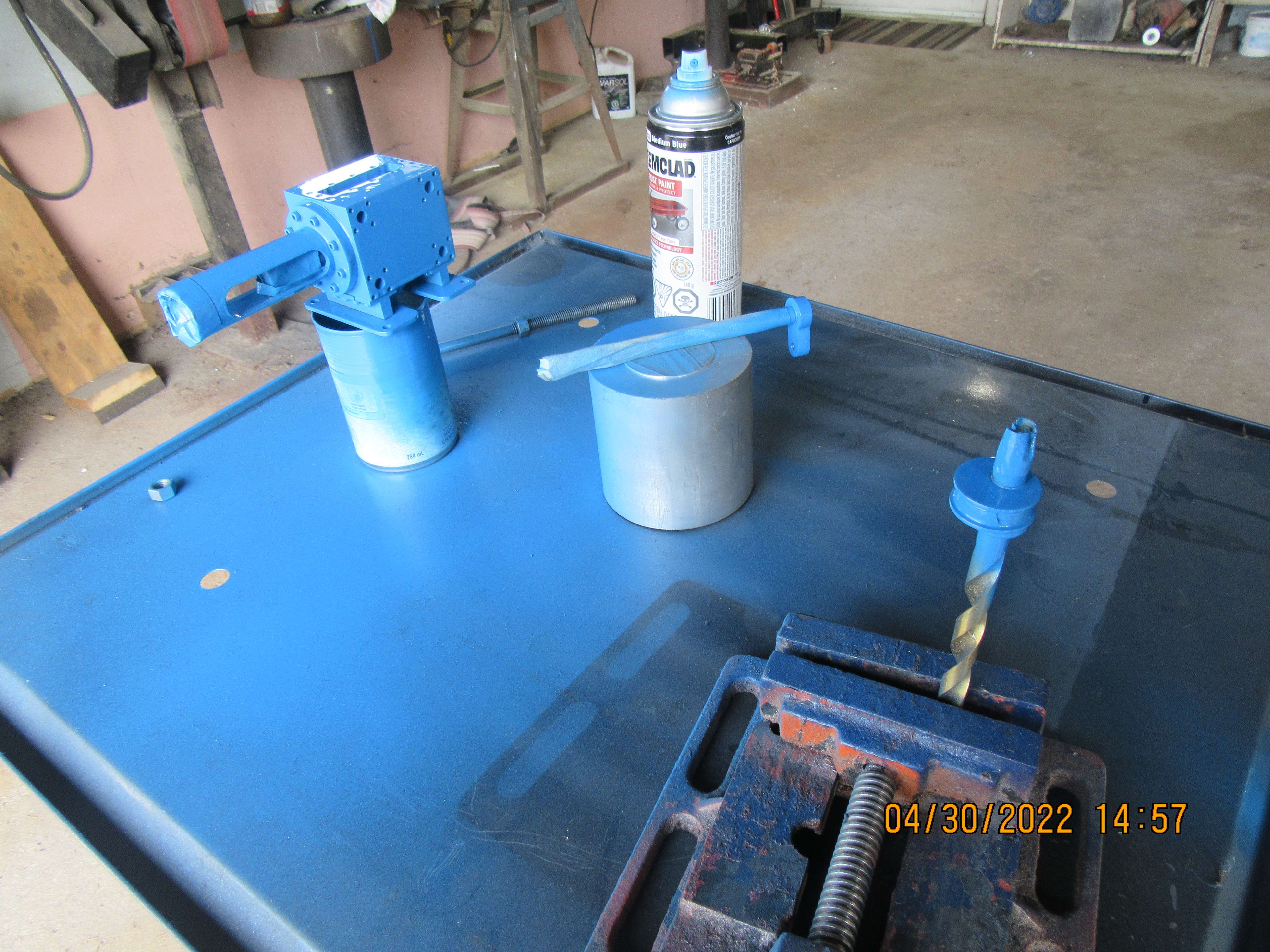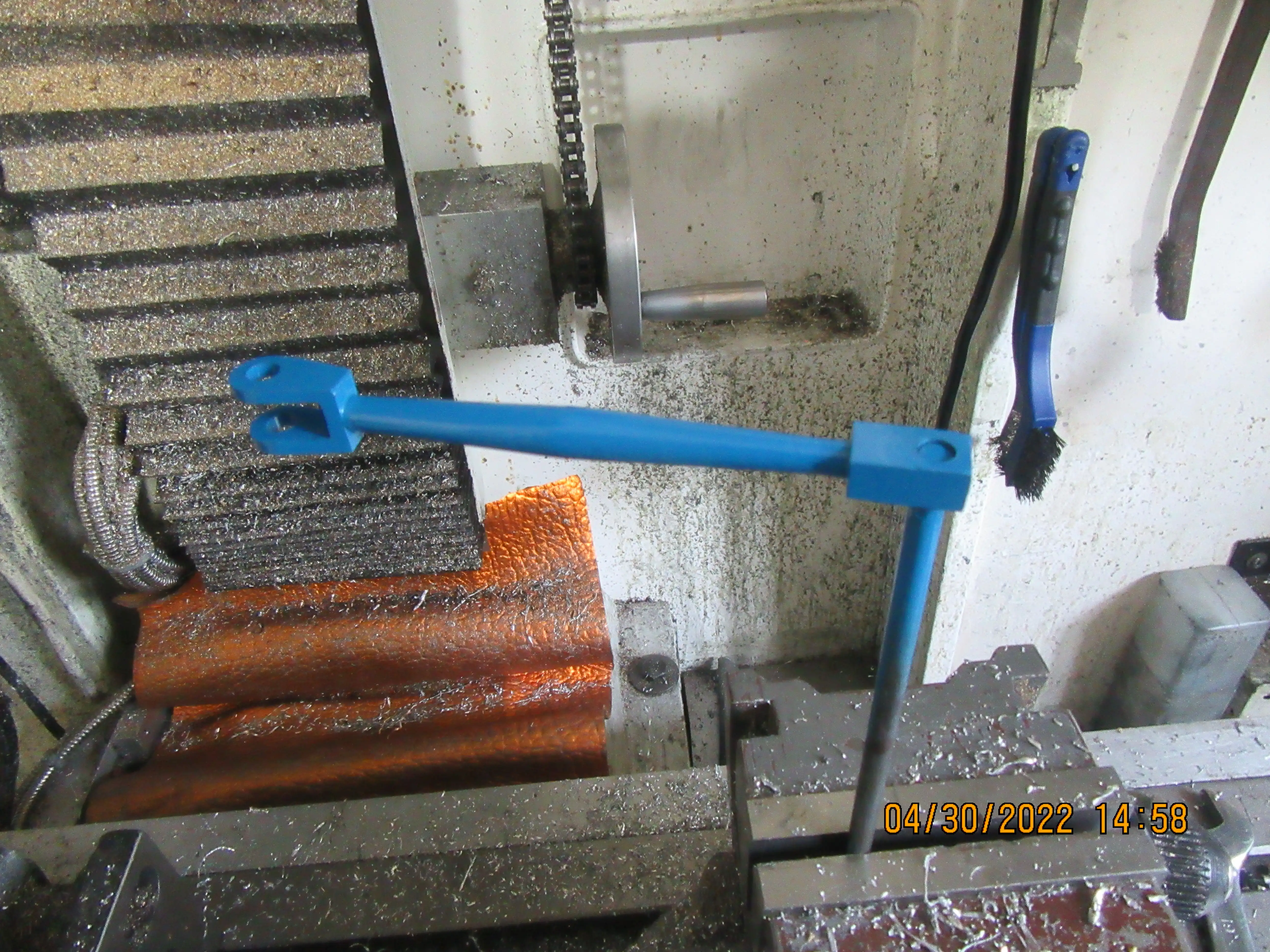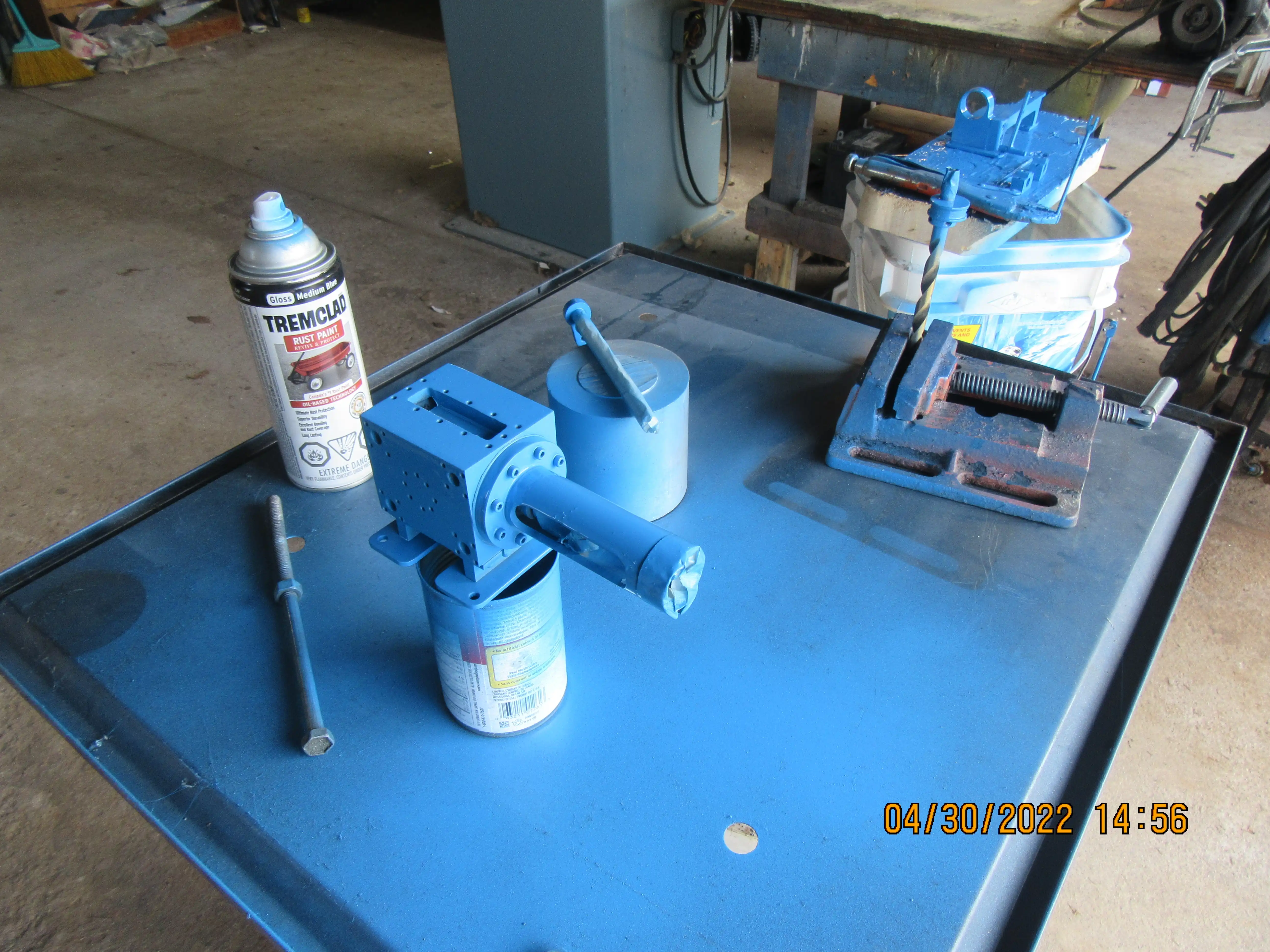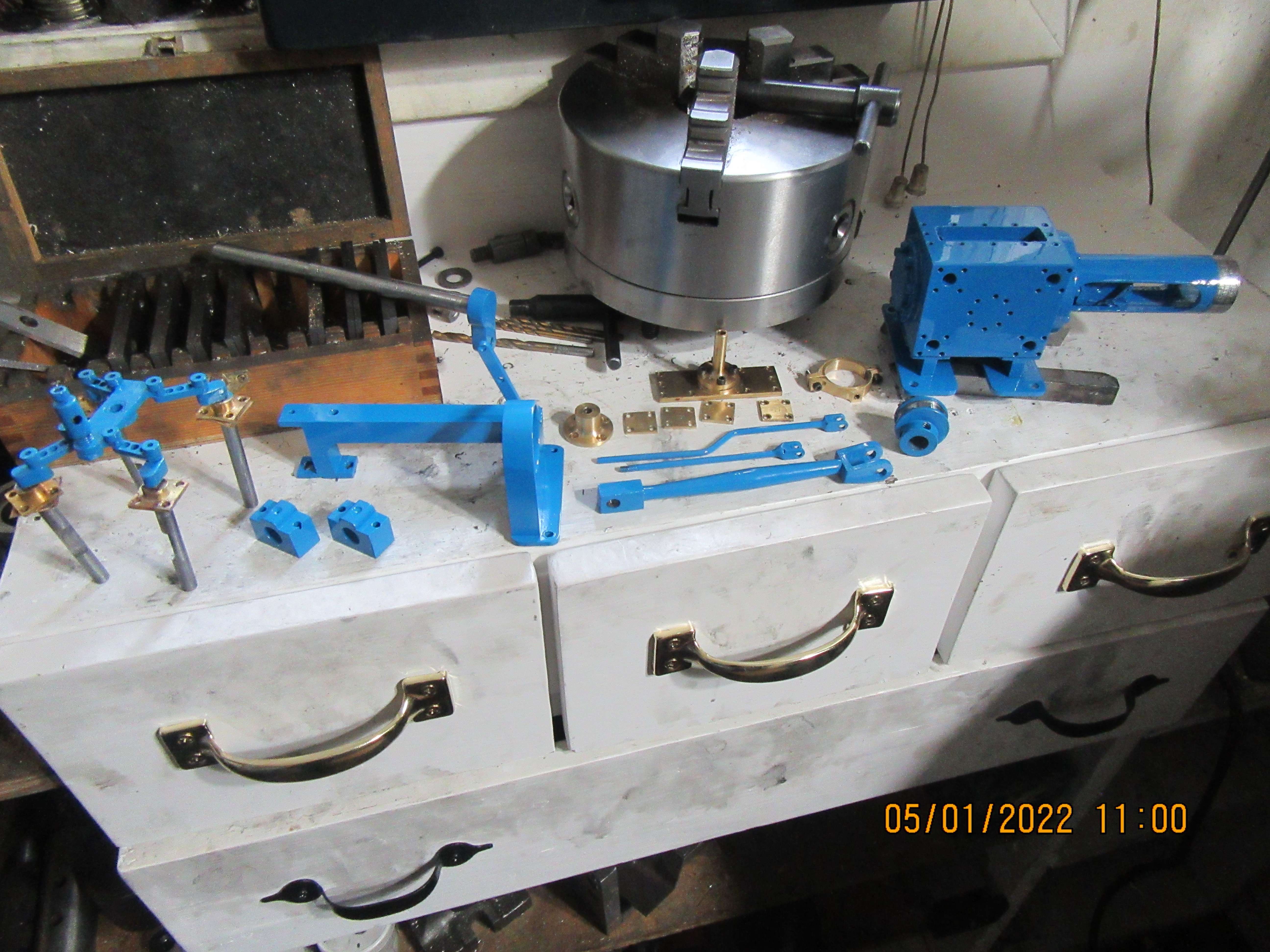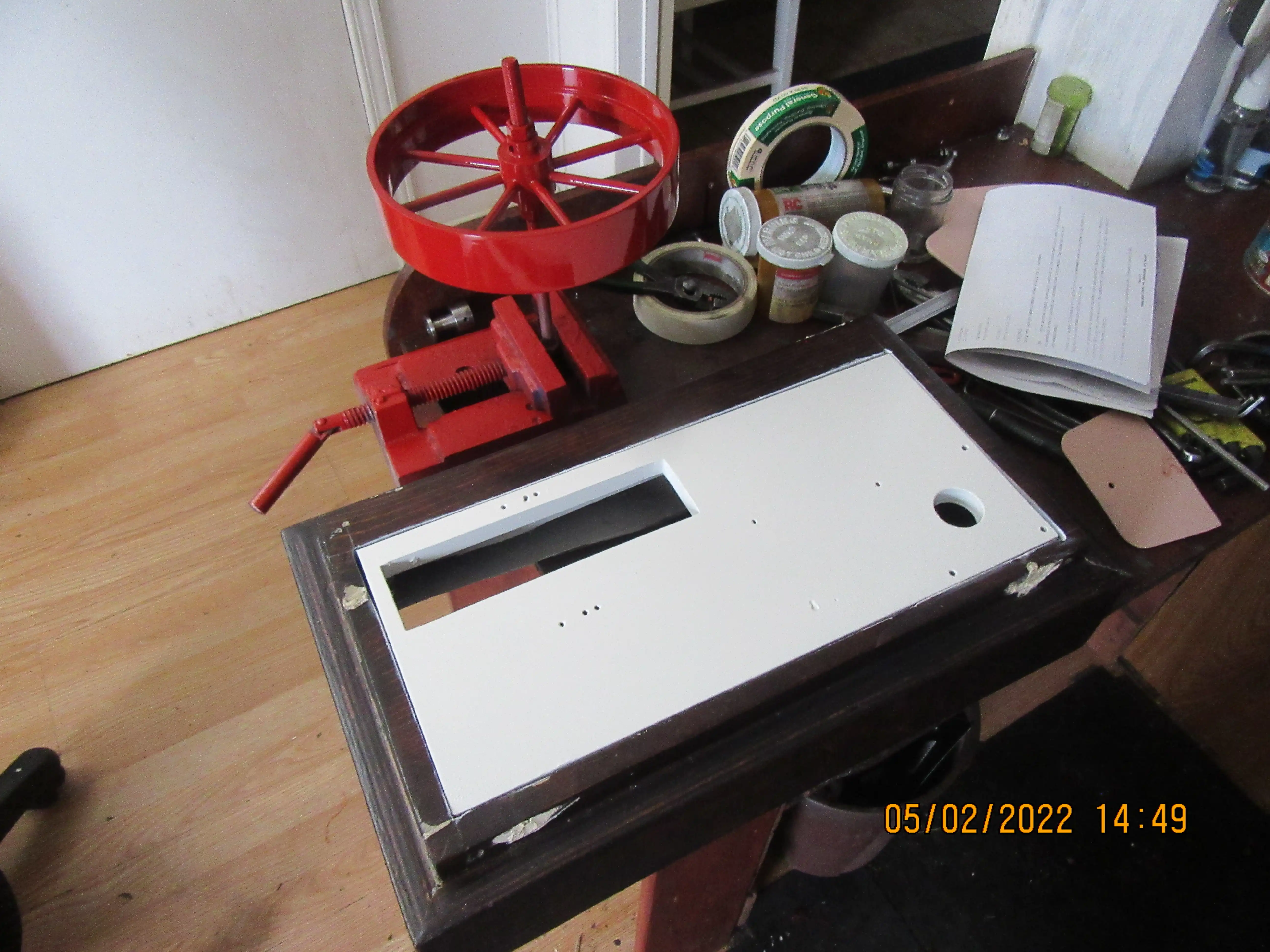- Joined
- Sep 2, 2011
- Messages
- 1,407
- Reaction score
- 415
for tapered pins something i discovered by accident is just the deflection of turning down a very small thin rod usually produces a slight taper. i just drill a regular hole and then drive the tapered rod into place usually the pin starts in really easy then starts getting tight before i start pecking it to "drive" it on in. then cut off the excess on both ends. sometimes i use lock tight on them as well but usually the taper in the regular hole is more than enough to keep them in place. i guess this is probably considered as "crude" but it works great for me.







































![DreamPlan Home Design and Landscaping Software Free for Windows [PC Download]](https://m.media-amazon.com/images/I/51kvZH2dVLL._SL500_.jpg)















![MeshMagic 3D Free 3D Modeling Software [Download]](https://m.media-amazon.com/images/I/B1U+p8ewjGS._SL500_.png)






